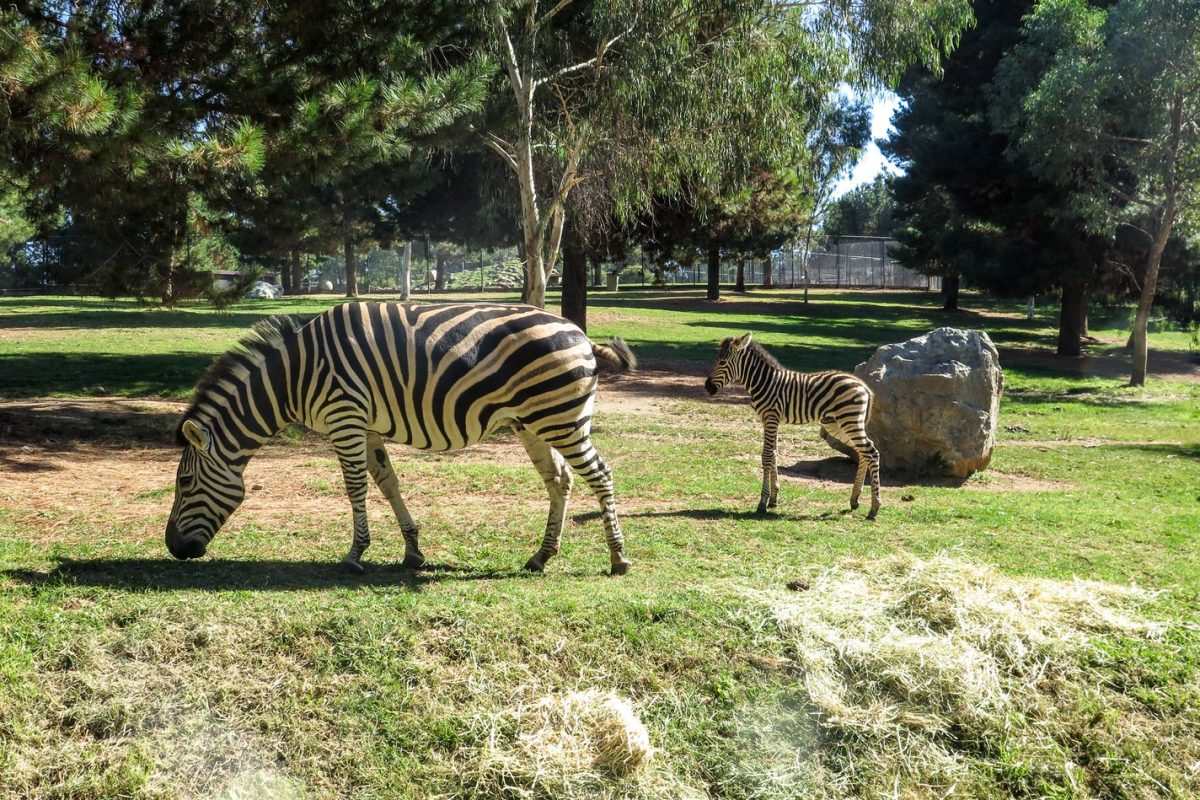
EXTREME levels of pollen from cypress pine trees in the Canberra region this week are a clear sign allergy sufferers can expect a congested season ahead, according to a leading pollen expert from ANU.
ANU School of Culture, History and Language director Prof Simon Haberle leads a team of researchers who track daily pollen and spore counts on the Canberra Pollen website, and says while elevated levels of allergenic tree pollen are not uncommon during late winter, extreme levels are unusual and likely brought on by the wet winter.
“This is perhaps an indication of another bumper year for airborne pollen in and around the ACT,” Prof Haberle said.
“On 12 August we saw our first extreme allergenic pollen day of cypress pine pollen, which was followed on 16 August by another extreme cypress pollen day in combination with high pine pollen as well.
“A combination of the warming weather, a wet winter with high soil moisture and windy days are all signs that are pointing to another record pollen season.”
He said Canberra is known as the “allergy capital”, with the highest rates of hay fever of any city in Australia. Nearly a third of Canberrans suffer some form of allergic rhinitis and these allergies cost the ACT economy at least $170 million a year through the impacts on people’s health, happiness and productivity.
The main types of pollen Canberrans can expect to see during mid August are:
- Cupressaceae (mostly cypress pine)
- Pinus (pine spores)
- Oleaceae (mostly ash trees)
- Alternaria (fungal spores).
Prof Haberle, who is known as That Pollen Guy on social media, said another factor is the Bureau of Meteorology’s latest forecast that above average winter-spring rainfall for southern and eastern Australia is likely to continue into spring.
His team of researchers is also “clearing the air” for anyone confused about pollen allergy risks across Canberra.
“We’re developing spatial maps of pollen allergy risk across Canberra using surveys of garden and street plants,” Prof Haberle said.
“These are being developed with my colleague Dr Simon Connor who says Canberra’s leafy inner suburbs are the worst for tree pollen allergies, while the outer suburbs are more exposed to grass pollen allergies.”
Who can be trusted?
In a world of spin and confusion, there’s never been a more important time to support independent journalism in Canberra.
If you trust our work online and want to enforce the power of independent voices, I invite you to make a small contribution.
Every dollar of support is invested back into our journalism to help keep citynews.com.au strong and free.
Thank you,
Ian Meikle, editor





Leave a Reply